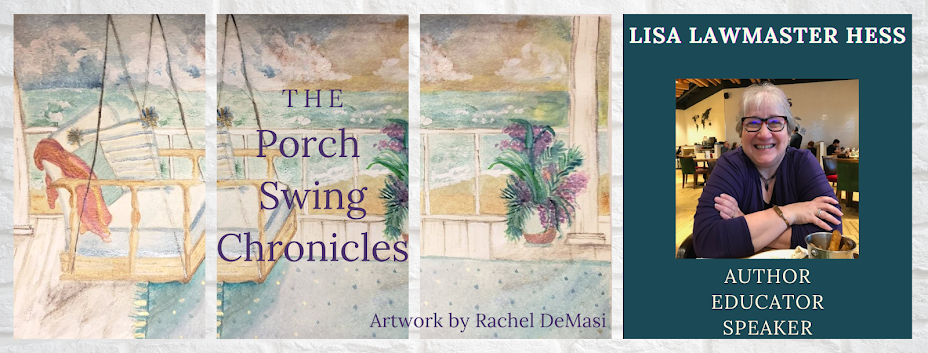 |
| NothingButGraphics via Pixabay |
Later is here :-)
- I don't outline, but I often dump my unformulated ideas onto the page, the screen or a white board. Sometimes these ideas are in sentences, sometimes just a word or a thought and often the order is completely random, based only on how the ideas came to me. Because this isn't as structured or as neat as an outline, imposing order feels easier as I cherry-pick first one idea, then another, plunking them into the final document. Again, if outlines work for you, go for it. For me, outlines feel like a straight jacket (or so I imagine), leaving me longing to break free.
- I don't skip the first draft, but my very first first draft is often little more than a succession of ideas. Often, these ideas are generated in the shower, or as I'm falling asleep, or when I first wake up, then scrawled on a notepad or dictated into my phone and emailed so I can print them out and work from a hard copy (see also I don't outline). Getting the ideas out of my head is the first step to turning them into something besides random ideas and ideas splashed across the page make me feel as though there's room to embellish or even eliminate as I make connections.
- I don't worry about making my first draft pretty, but I don't go in blind. Splashing my ideas across the page in whatever form they emerge leaves me free to make a mess, explore connections, change my mind, cut and paste and essentially try on various combinations of transitions, links and possibilities. The first draft can be as messy and imperfect as it needs to be as long as it leads me to an almost-there document that I can tighten and sharpen later.
- I don't focus solely on one project at at time unless I have to, but I know how to dig in if I have to. Admittedly, it was hard for my perfectionistic self to make peace with project-hopping until I discovered how well it works. When a new idea is burning so brightly I just can't set it aside to do what I'm "supposed to," I don't. I let the mood drive me. Writing is, after all, a creative pursuit and sometimes creativity operates on its own schedule.
 |
| Domas via Pixabay |
One last do: I save my outtakes. For articles and short pieces, these outtakes can live at the bottom of the document until I'm satisfied with the final draft. For book-length projects, I keep a separate outtakes file for each book. This makes it much easier to "kill my darlings" -- those pieces of prose that sparkle for me, but that just don't work in the text. If I know they're resting peacefully in a file all their own (where I can resurrect them at any time if I want to), I can cut them mercilessly from the manuscript. Sometimes, I reclaim them. Most of the time, I don't.
If you asked a roomful of authors what their process looks like, some of their work styles would intersect with mine, and others would be polar opposites. The truth is, there's no one right way to create. Whether it's artwork, music, writing or some other creative pursuit entirely, each of us finds what works and hones it over time, doing the best we can to keep procrastination and the dreaded blank page at bay.
Is it any wonder we talk to our characters?
 |
| Pixabay |


No comments:
Post a Comment